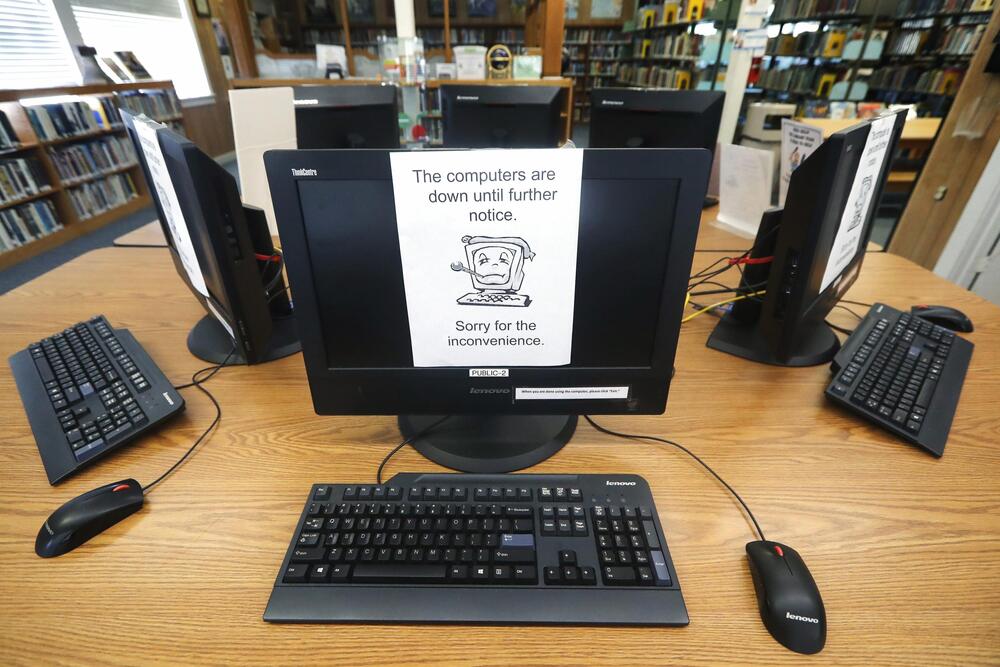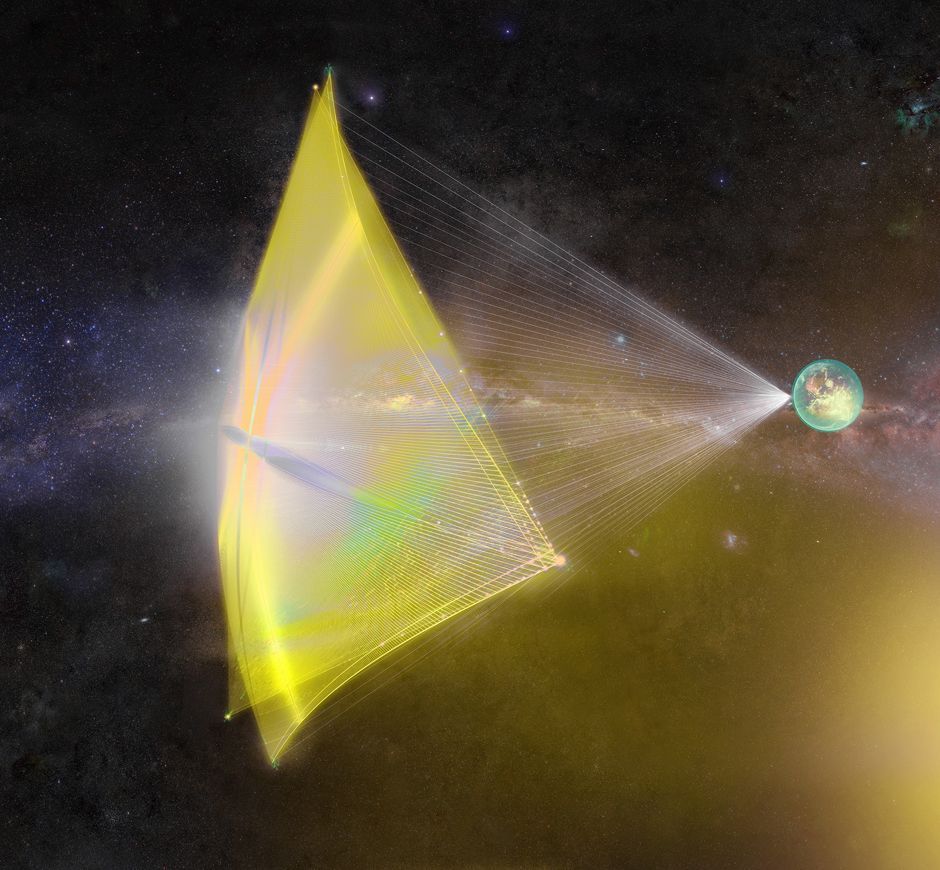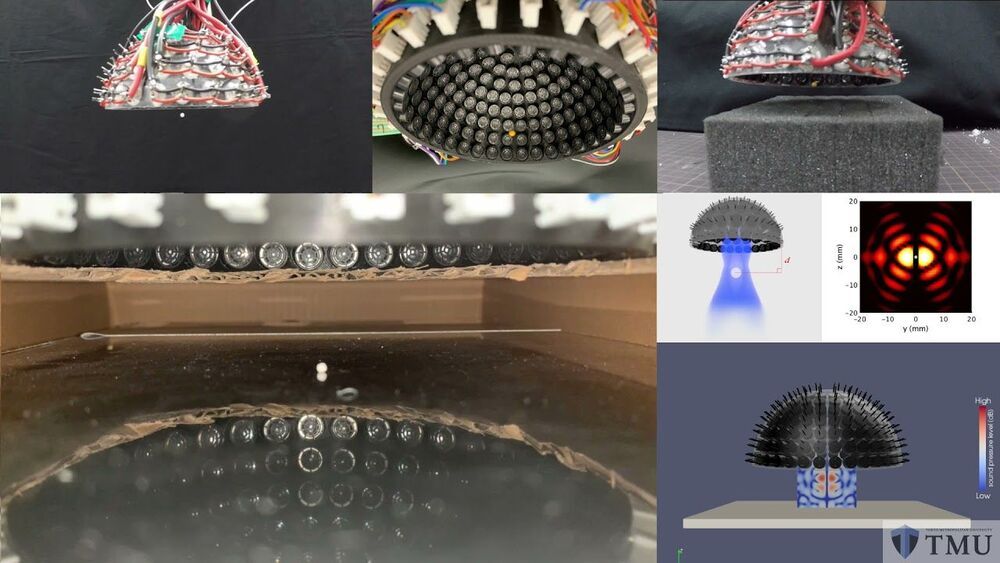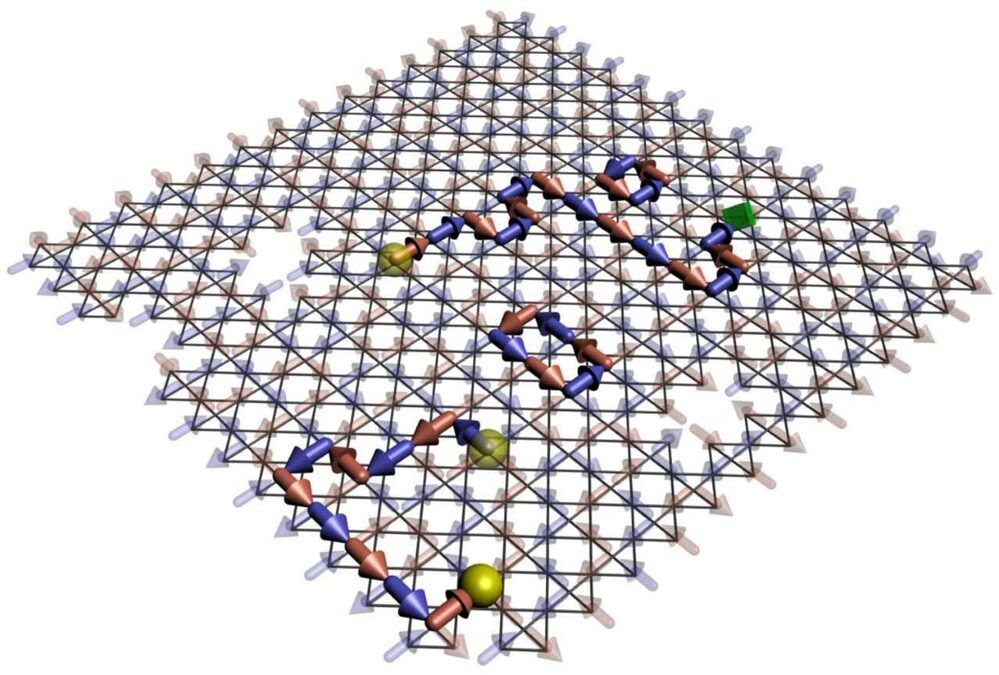I know that this is controversial in the longevity community, but there was overwhelming agreement among the dentists I talked with that mouthwash is excellent for preventing gingivitis (one study found that it was more effective than flossing) and reducing plaque.
Are you working to extend your healthspan and lifespan? Address the most common aging teeth problems with these dentist-approved tricks.









